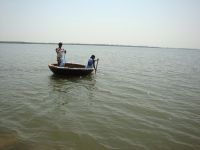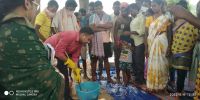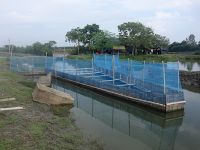Aquaculture Asia Magazine, April-June 2023
5 July 2023 | 14389 views | .pdf | 23.98 MB | Freshwater finfish, Hatchery and nursery, Inland aquaculture, Livelihoods, gender and social issues, Aquatic plants, Environment and Sustainability, India, Ornamentals

In this issue:
- Aquaculture and fisheries perspectives in Arunachal Pradesh
Deepjyoti Baruah - Present status of medium saline ‘bheri’ fishery and integrated mangrove-aquaculture in West Bengal, India: A short study: Part 2
Subrato Ghosh - Transforming waste to wealth: An onsite demonstration of transforming fish waste into fish fertiliser to tribal communities of Jharkhand
Stanzin Gawa, A.K Singh and Jag Pal - Innovative fish sale improved livelihoods at Jurala dam in Telangana, India
Laxmappa Boini, Ravinder Rao Bakhsi - Pengba, Osteobrama belangeri – a candidate species for diversification in aquaculture
Mutum Deepti, Maibam Malemngamba Meitei, Soibam Ngasotter, and Amom Mahendraji - First report on successful captive breeding of peacock eel, Macrognathus aral
Archana Sinha, Himanshu S. Swain and B.K. Das - NACA Newsletter
Creative Commons Attribution.





